GARDENING IN HARMONY WITH NATURE IN THE NORTHEAST
Autumn Colors
One of the spoils of living in the Northeast must certainly be Indian Summer. Before the first hard frost the deciduous woods turn to a beautiful warm color palette of reds, oranges, browns, and yellows. Especially at this time of year we appreciate the beauty of the Sleepy Hollow countryside with the myriad of carriage roads crisscrossing a radiant Rockefeller State Park.
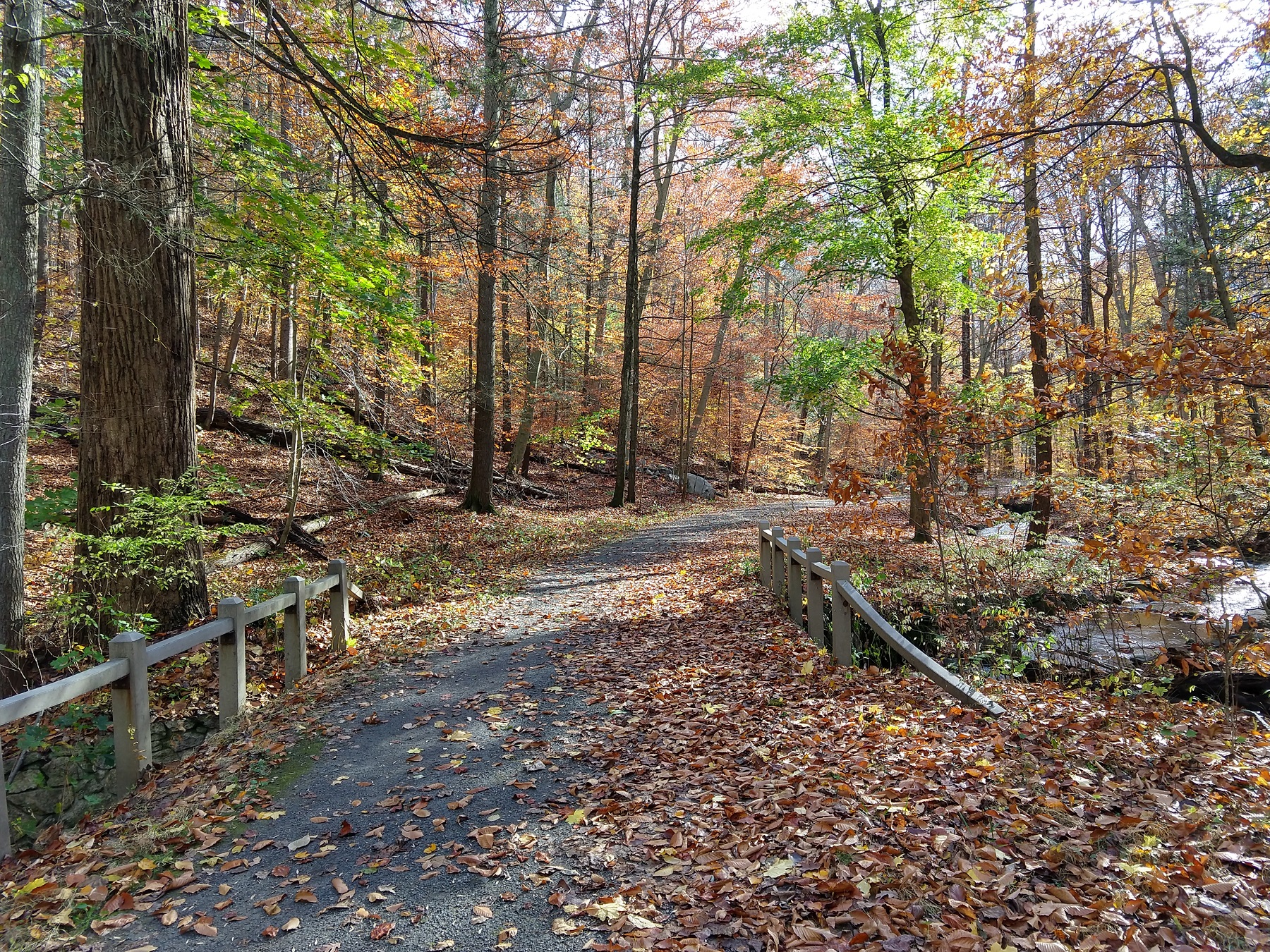
The canopy trees, in particular various maple species, do the heavy lifting in terms of fall interest. Here is a look up into the canopy around our driveway, dominated by red maple and oak.

And here is the star of the show, Sugar Maple, albeit we don’t get this vibrant yellow every year. Weather conditions and sunlight need to be just right it seems.
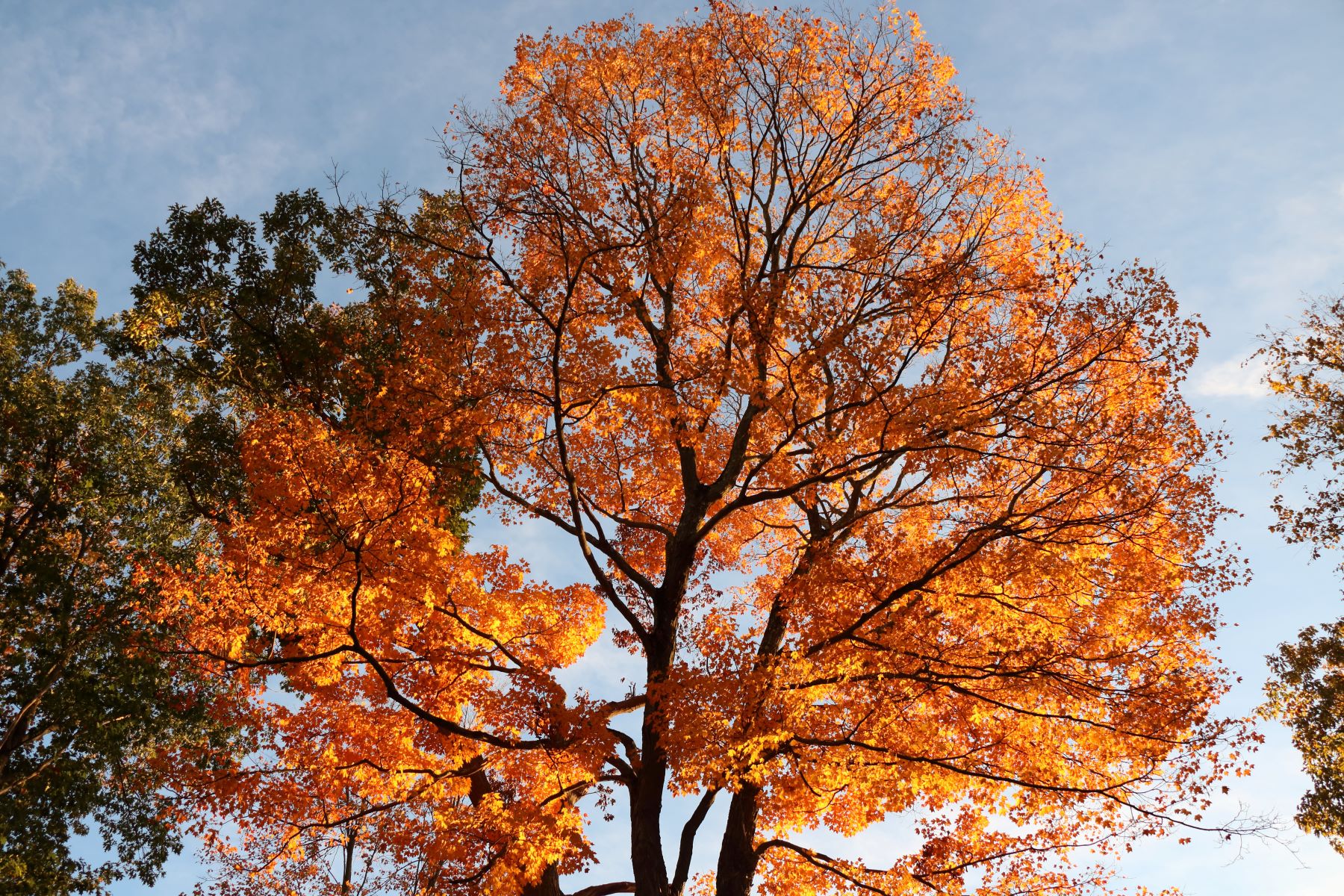
American Beech
holds on to its leaves well into winter. When the conditions are just right in autumn, their color can be stunning, especially after a rain when the grey bark appears much darker.
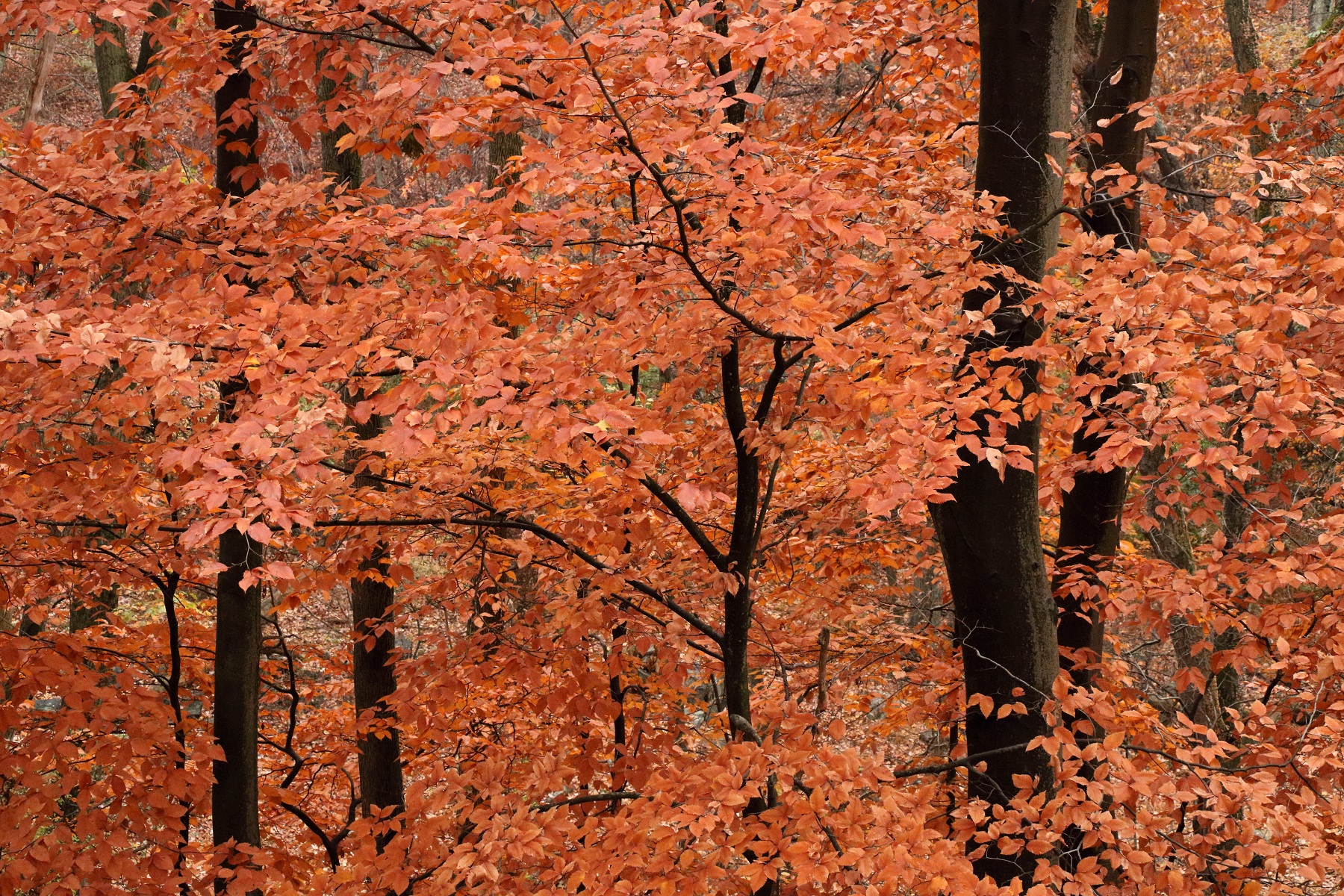
Of course, the non-native japanese maples shine during fall. Here is a look up into an older Acer palmatum ‘Atropurpureum’
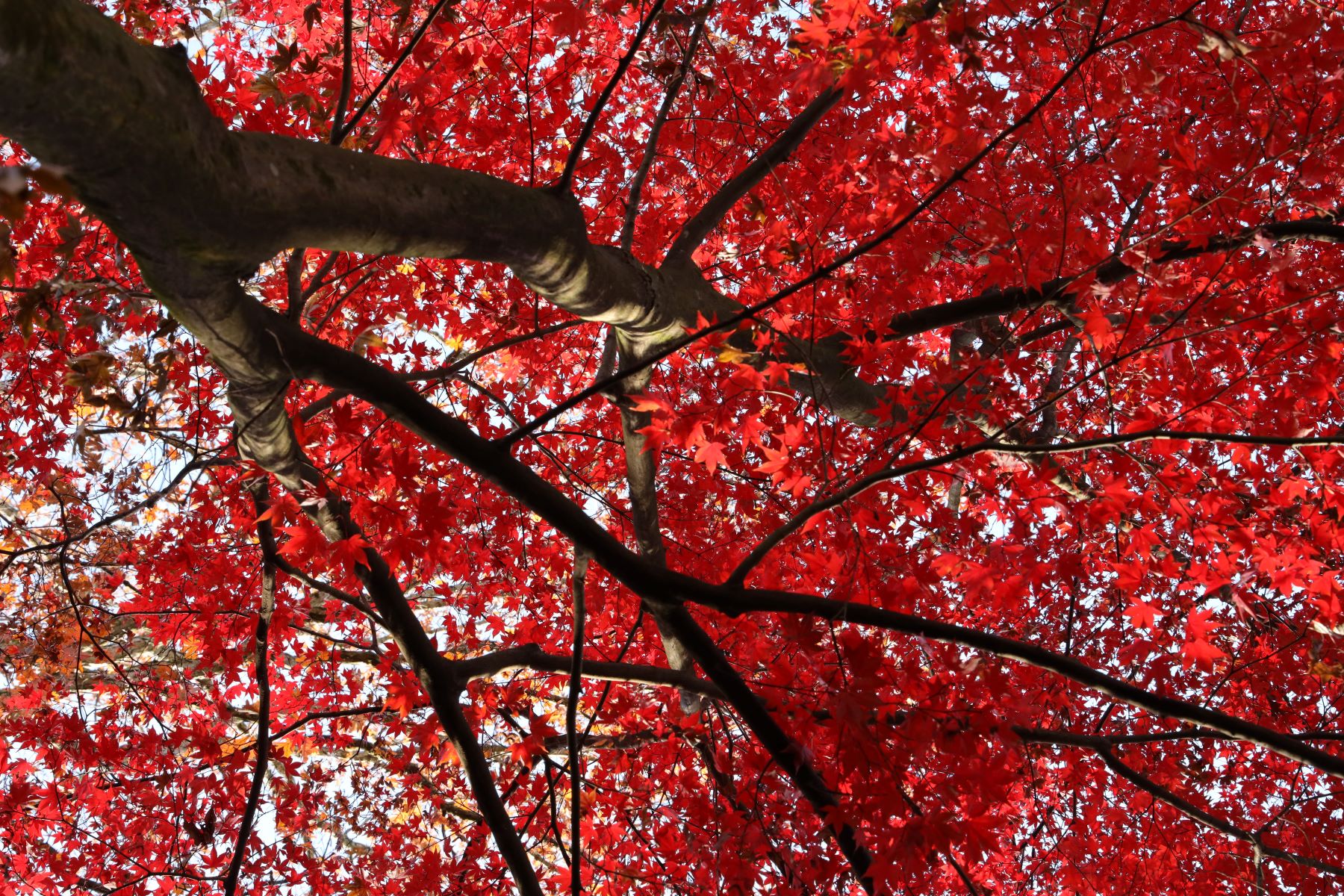
Shagbark Hickory leaves turn yellow in fall and are particularly vibrant when the sun shines through them.
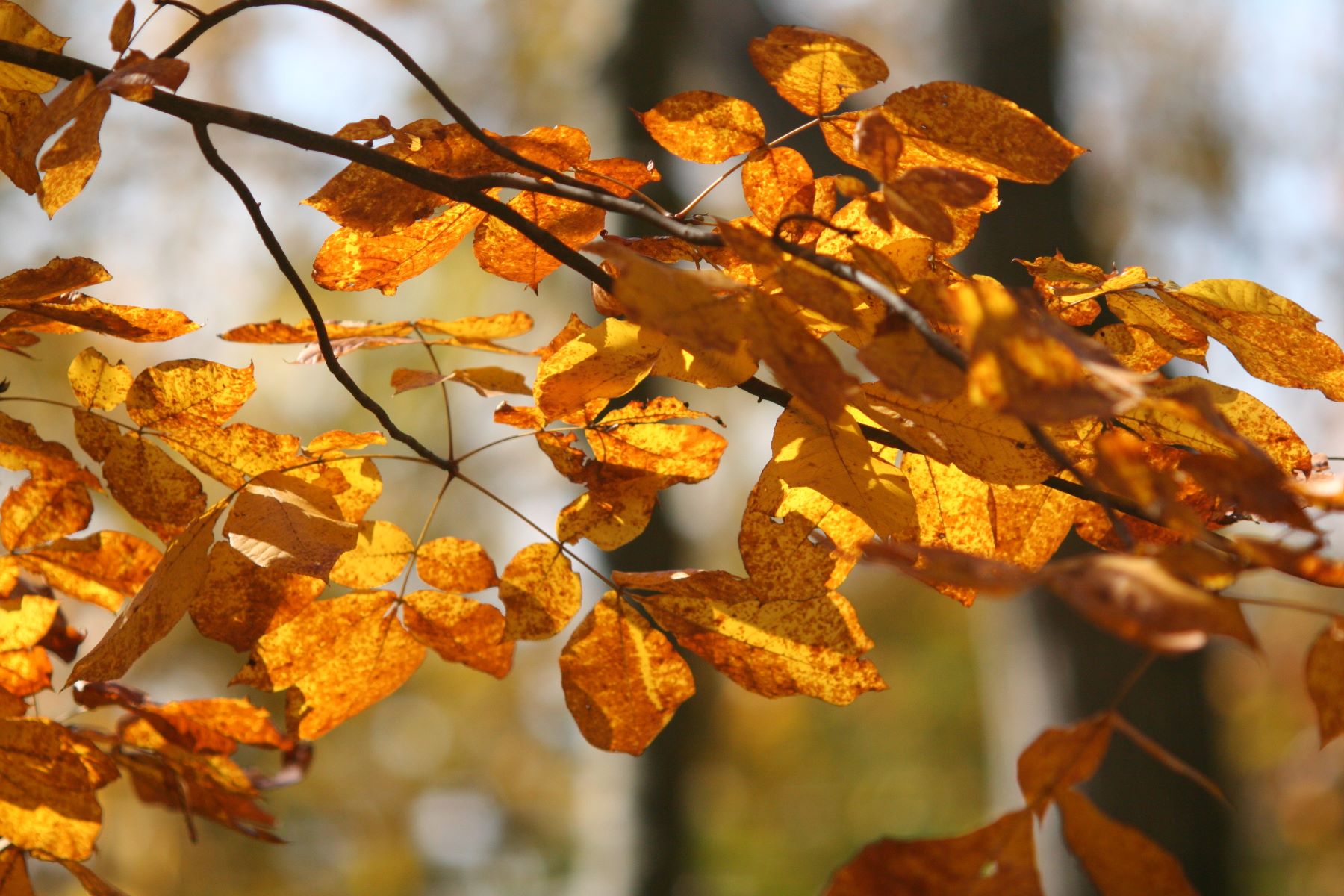
In the woodland garden understory trees also turn color. Some of them put up a show just as stunning as the ones high in the canopy. Especially the dogwoods
and sassafras
shine in shades of red and yellow.

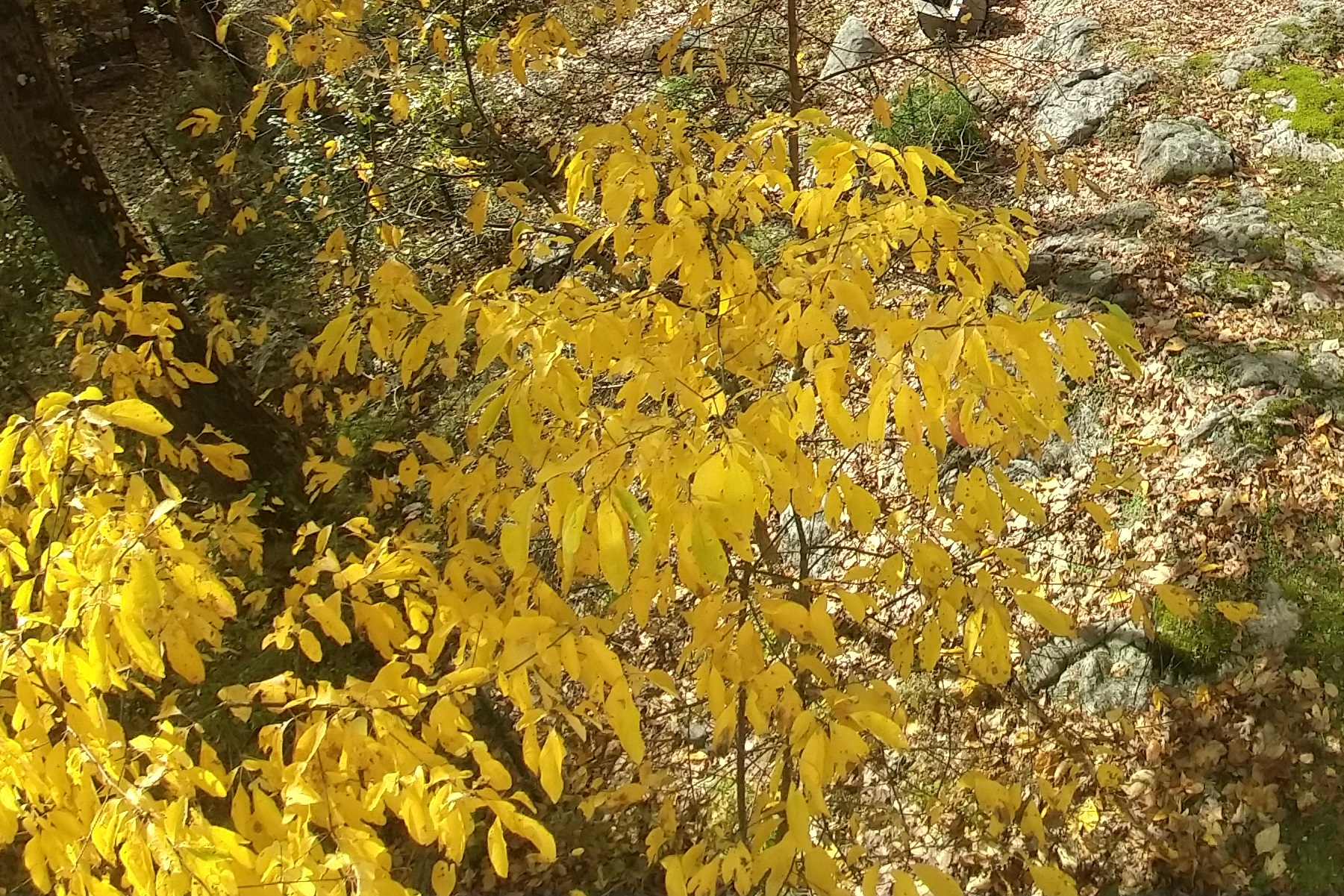
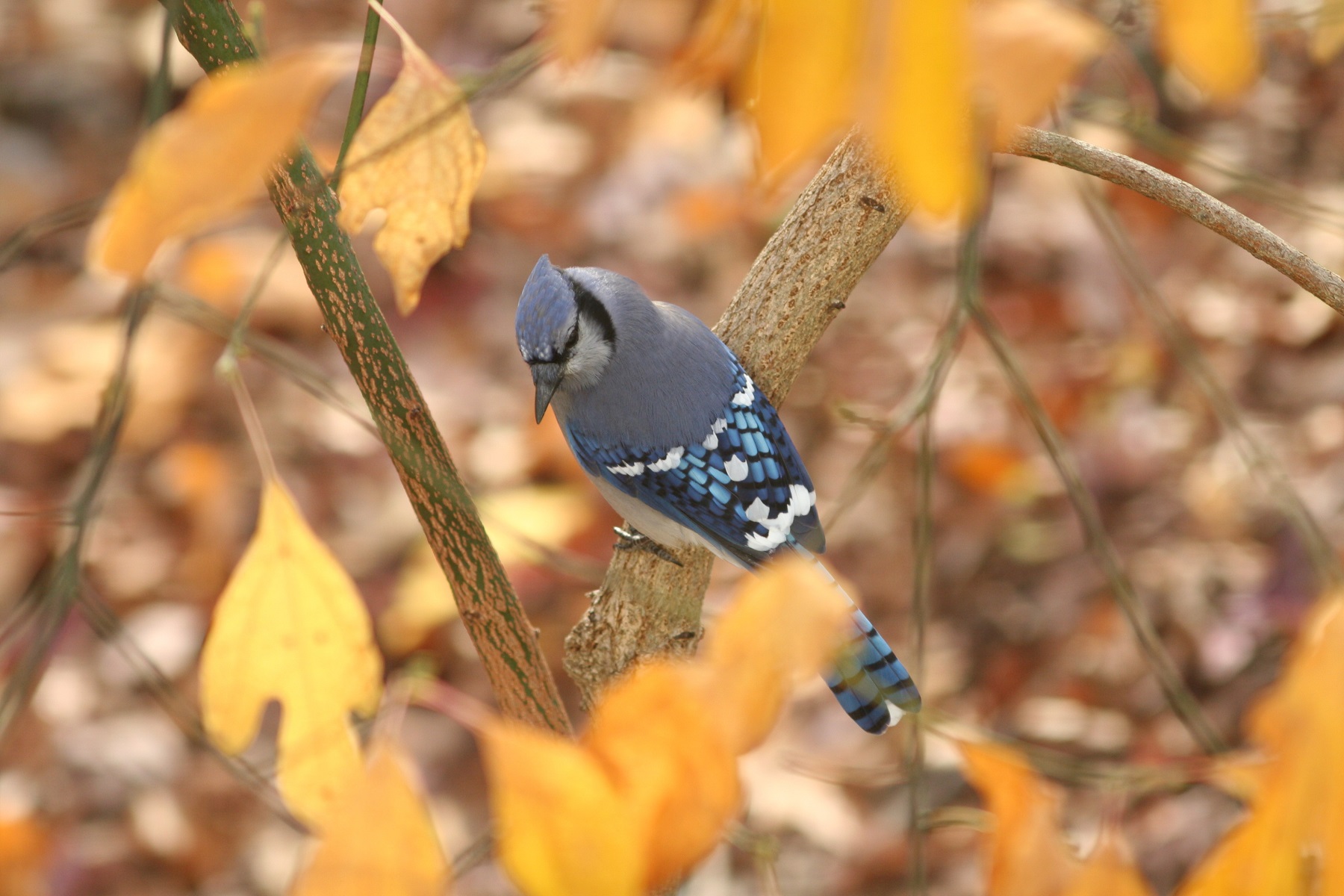
Sweet Pepperbush
sports very reliable yellow fall color in a smaller format than Sassafras.
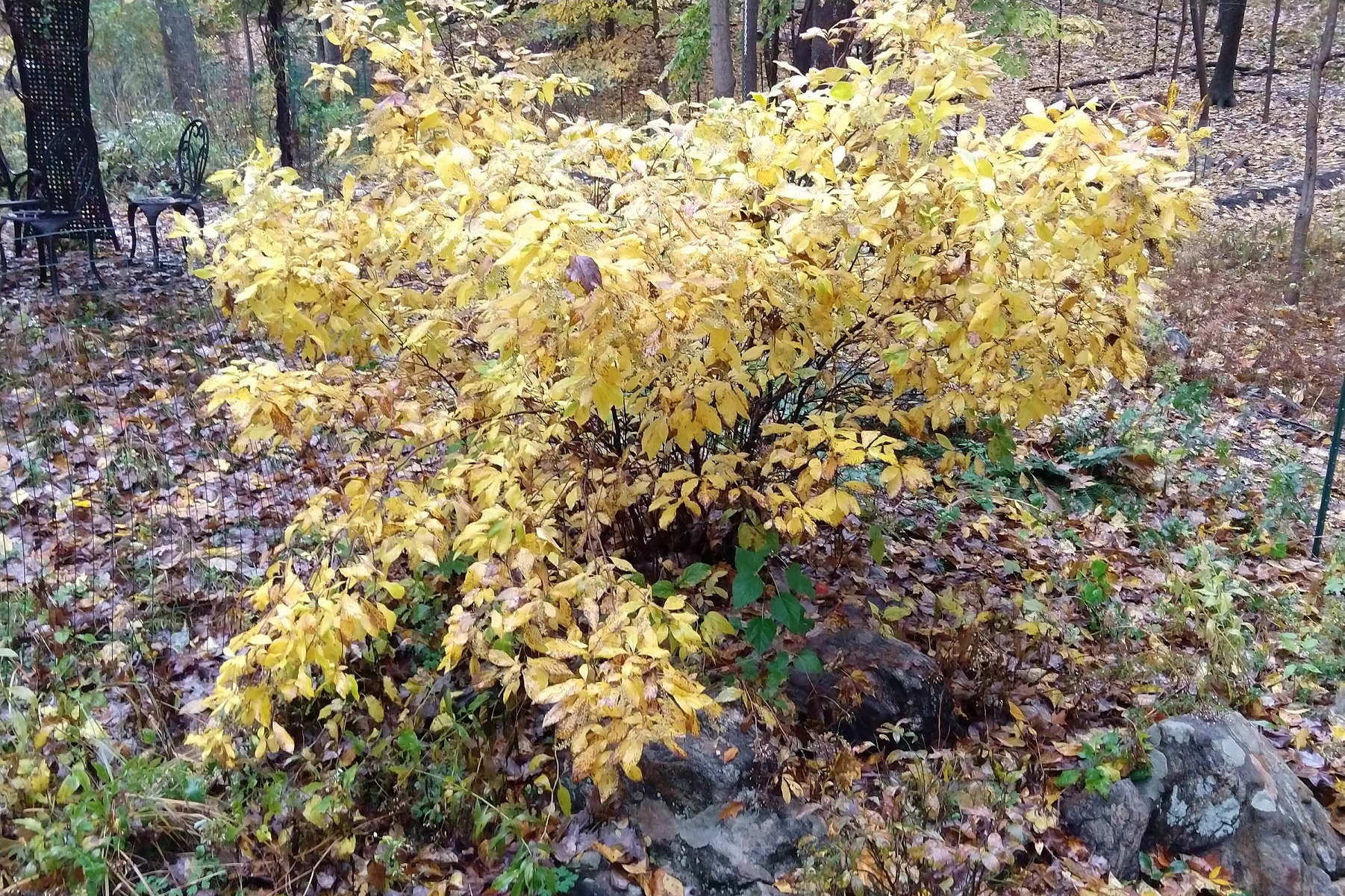
We should not forget about the Sumacs, usually found along roadsides, that thrive at the forest edge. Their fall colors are second to none.
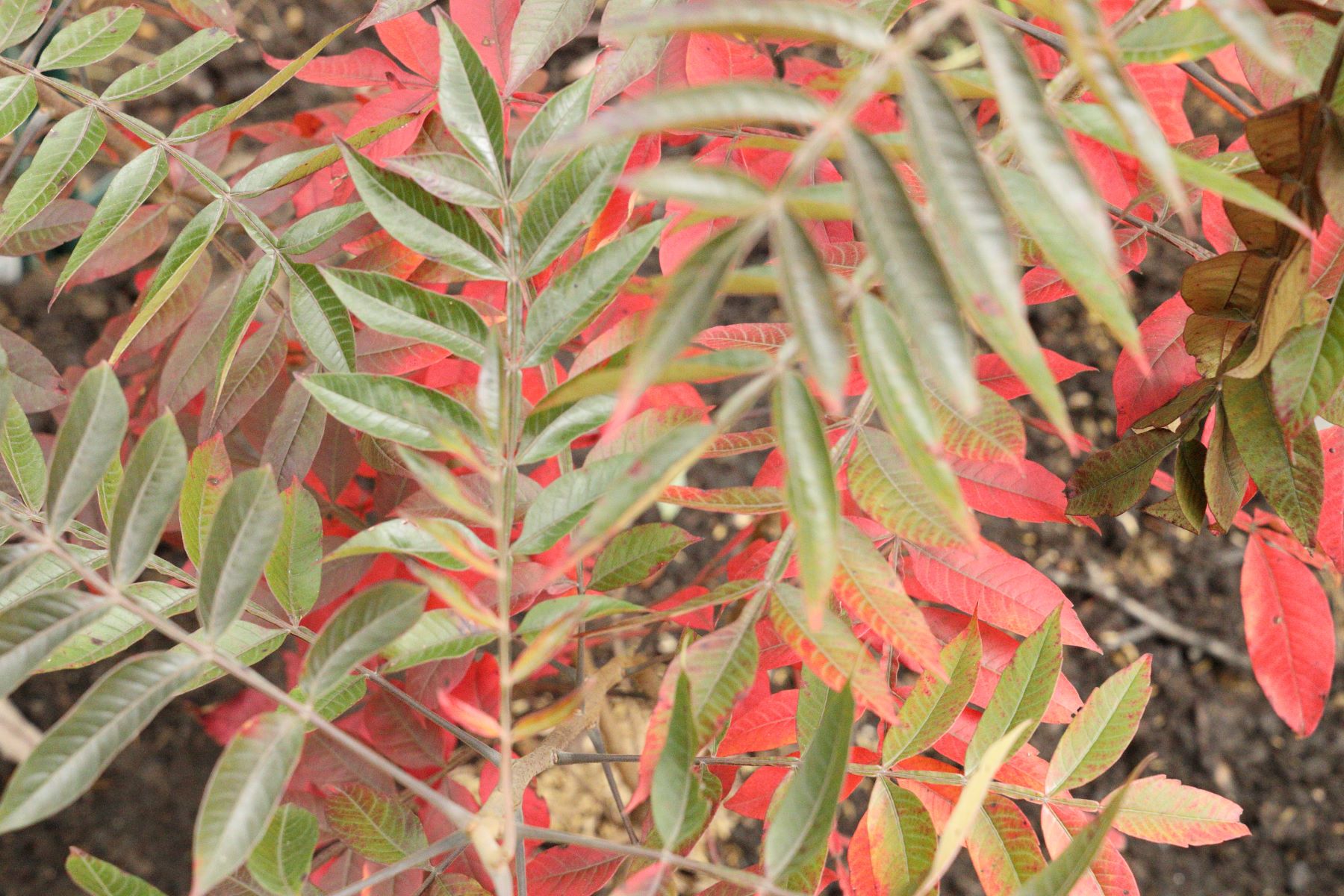
Our native Purple-Flowering Raspberry turns a vibrant yellow in fall. Here it is shown around similarly-colored Sweet Pepperbush.
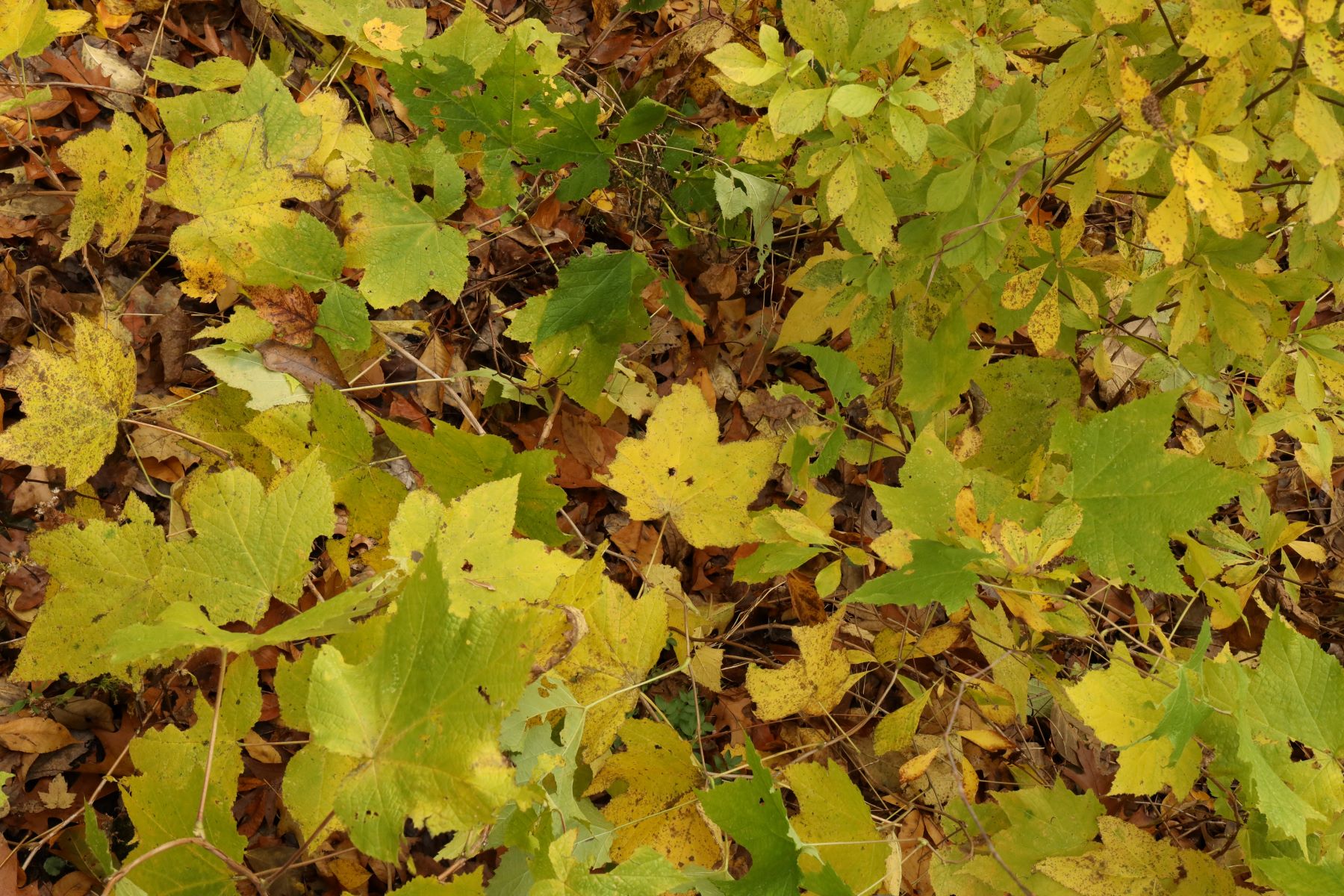
Only 4 feet tall, Virginia Sweetspire has nonetheless great fall color in semi-shade.
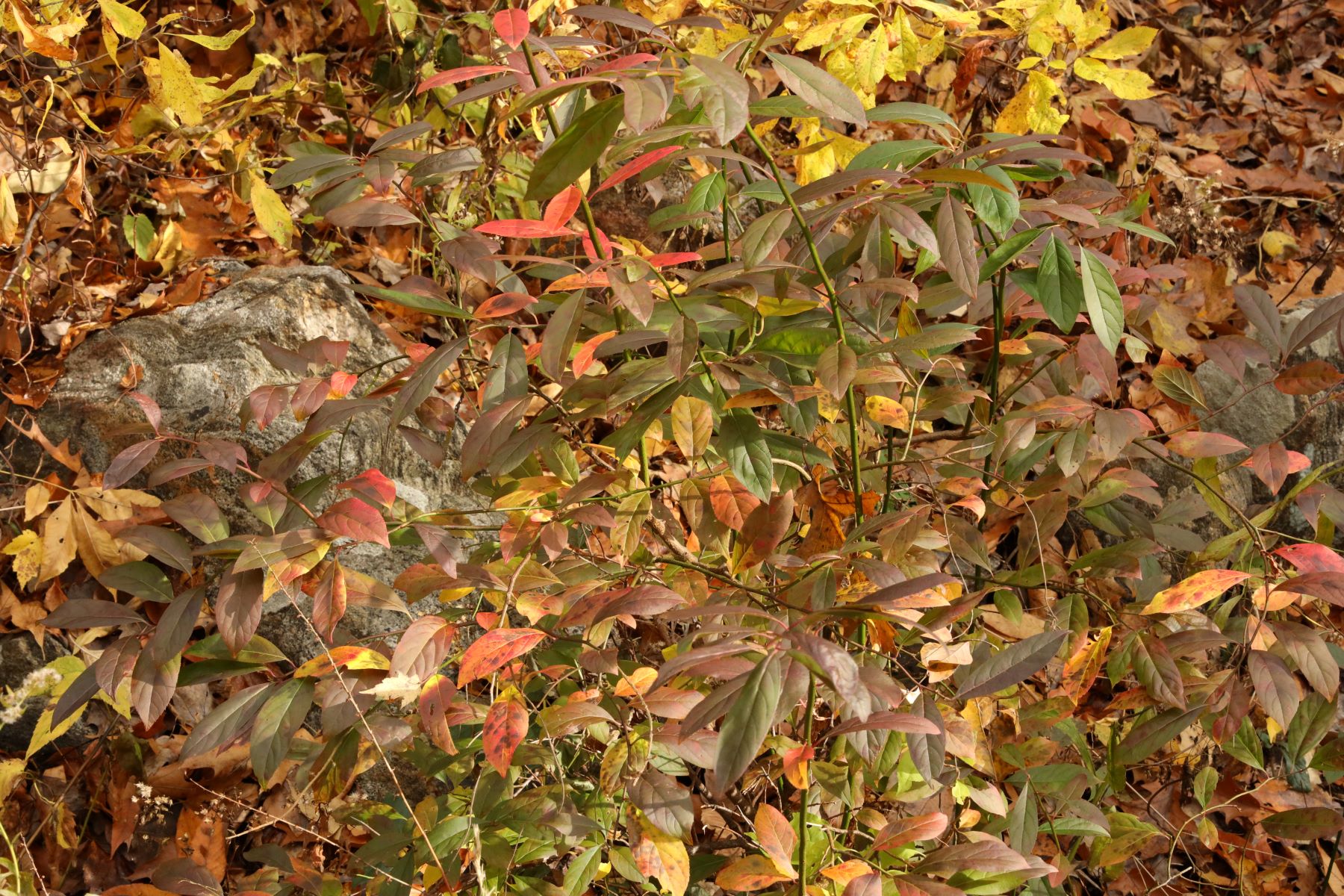
Herbaceous plants also add seasonal interest to the intermediate and ground levels. Some of them sport flowers the linger into fall …
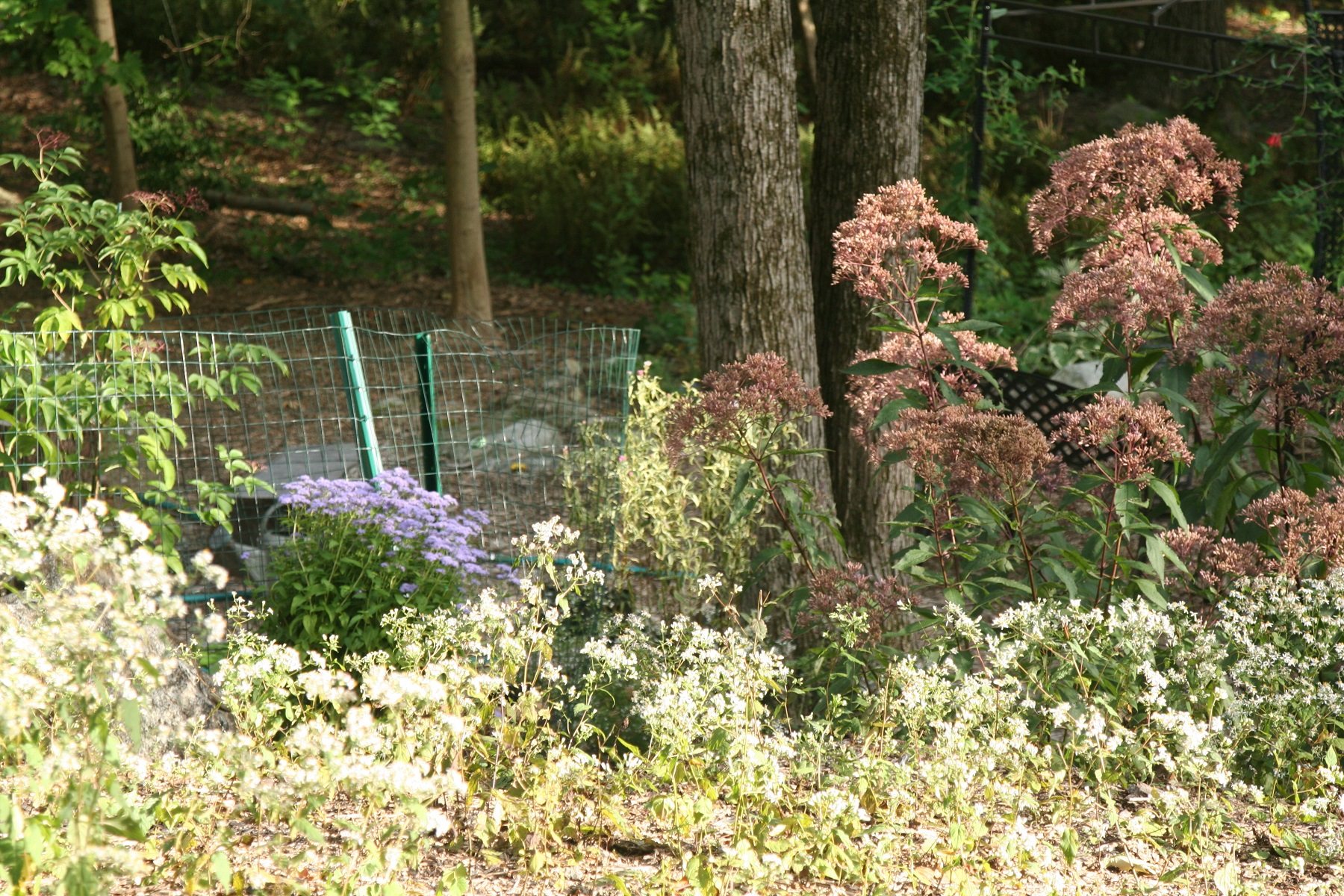
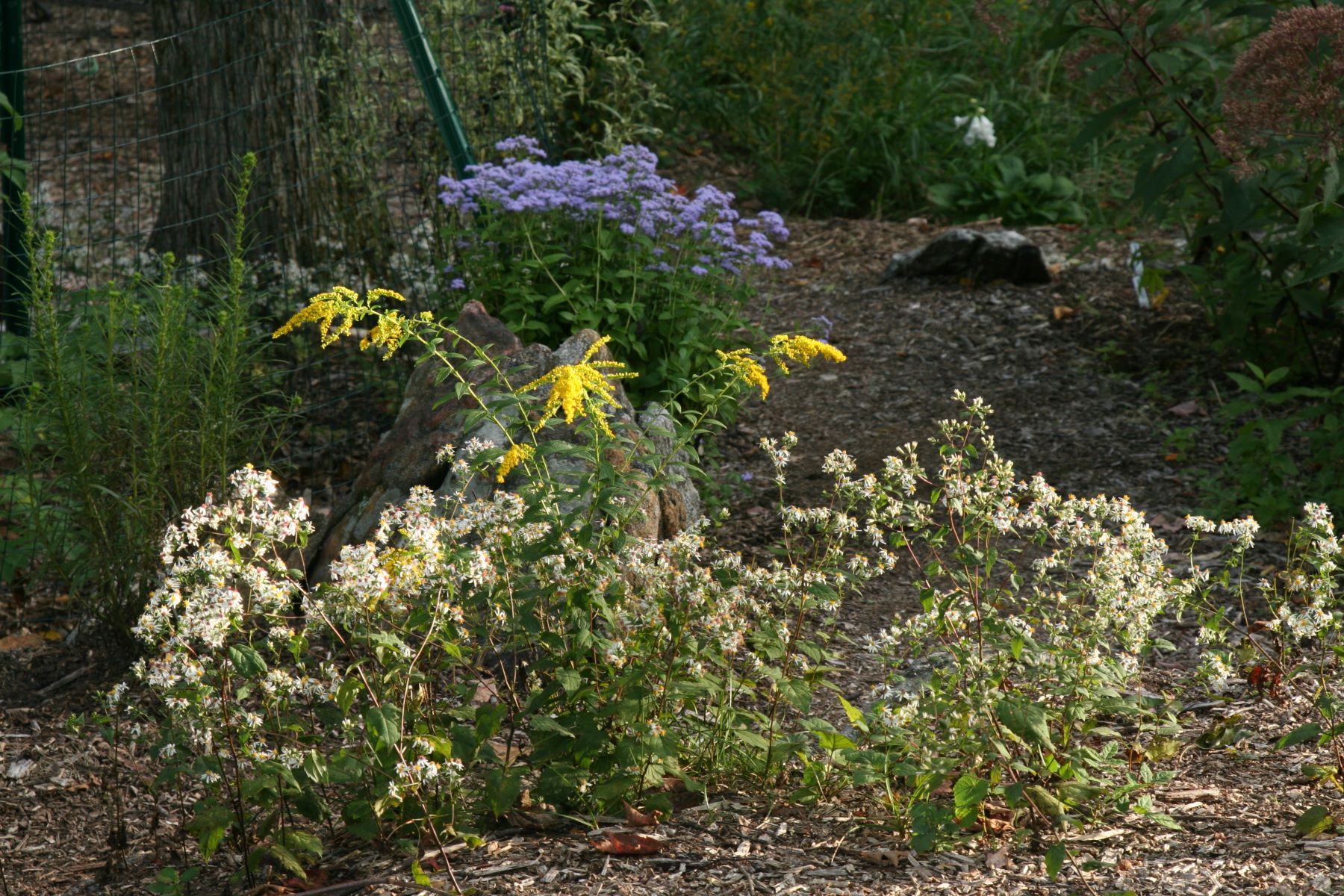
…, while a few perennials – such as the amsonia spp. – dazzle us with their fall color.
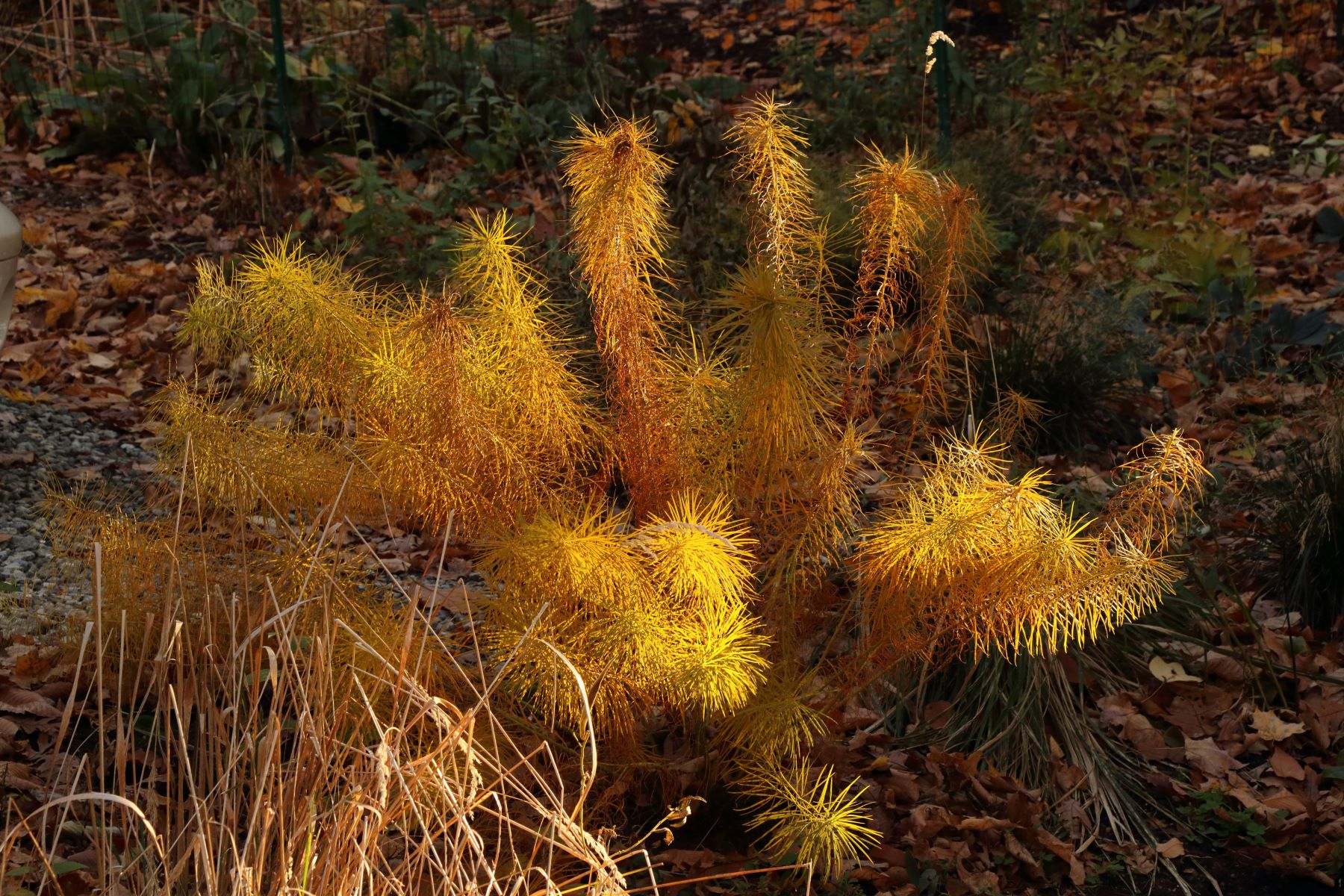
We usually don’t think of native ferns
in terms of their multi-season interest, but some of them such as the Cinnamon Fern certainly can have outstanding fall color.
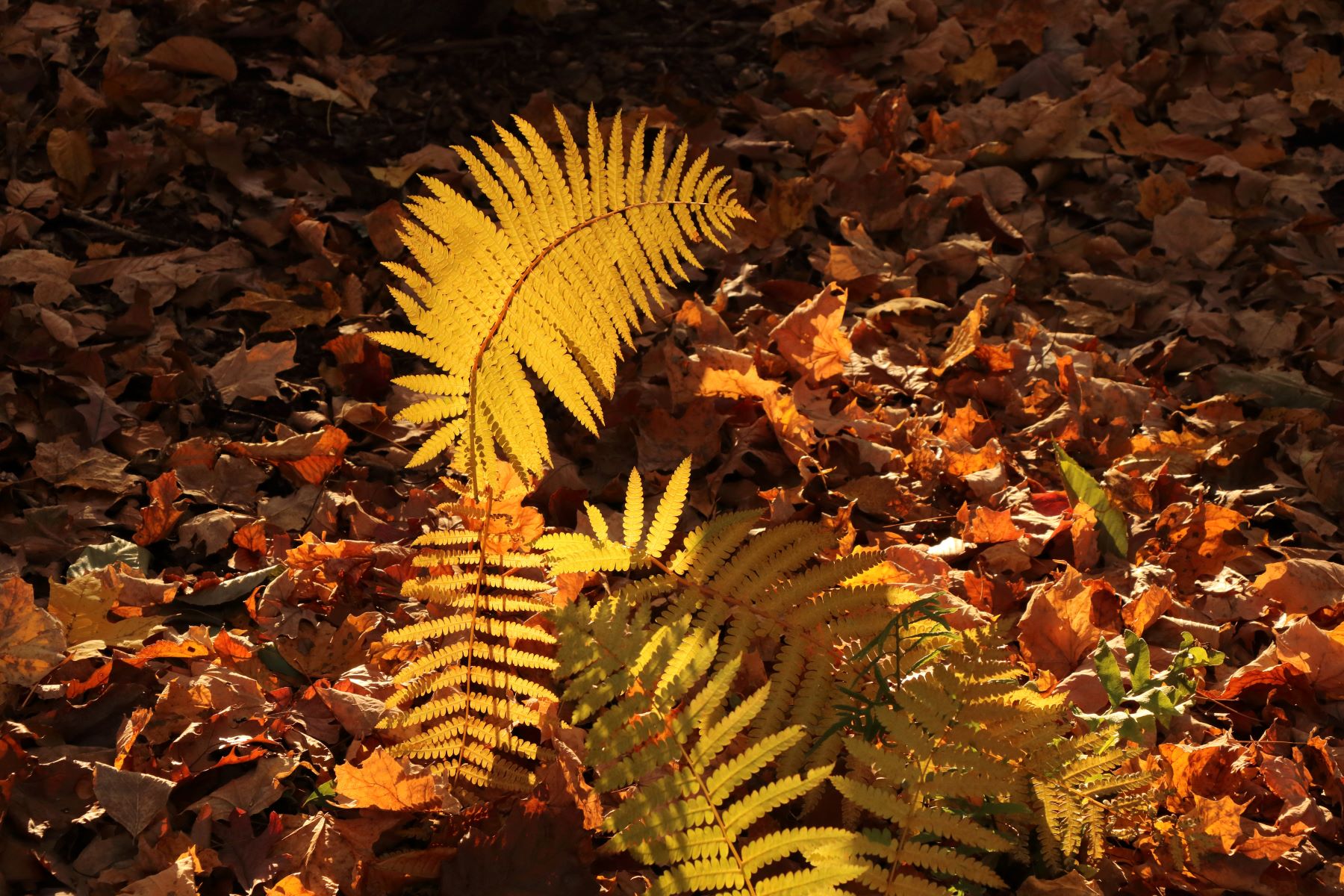
Often it’s the little things that make us appreciate the beauty of nature at this time of the year.
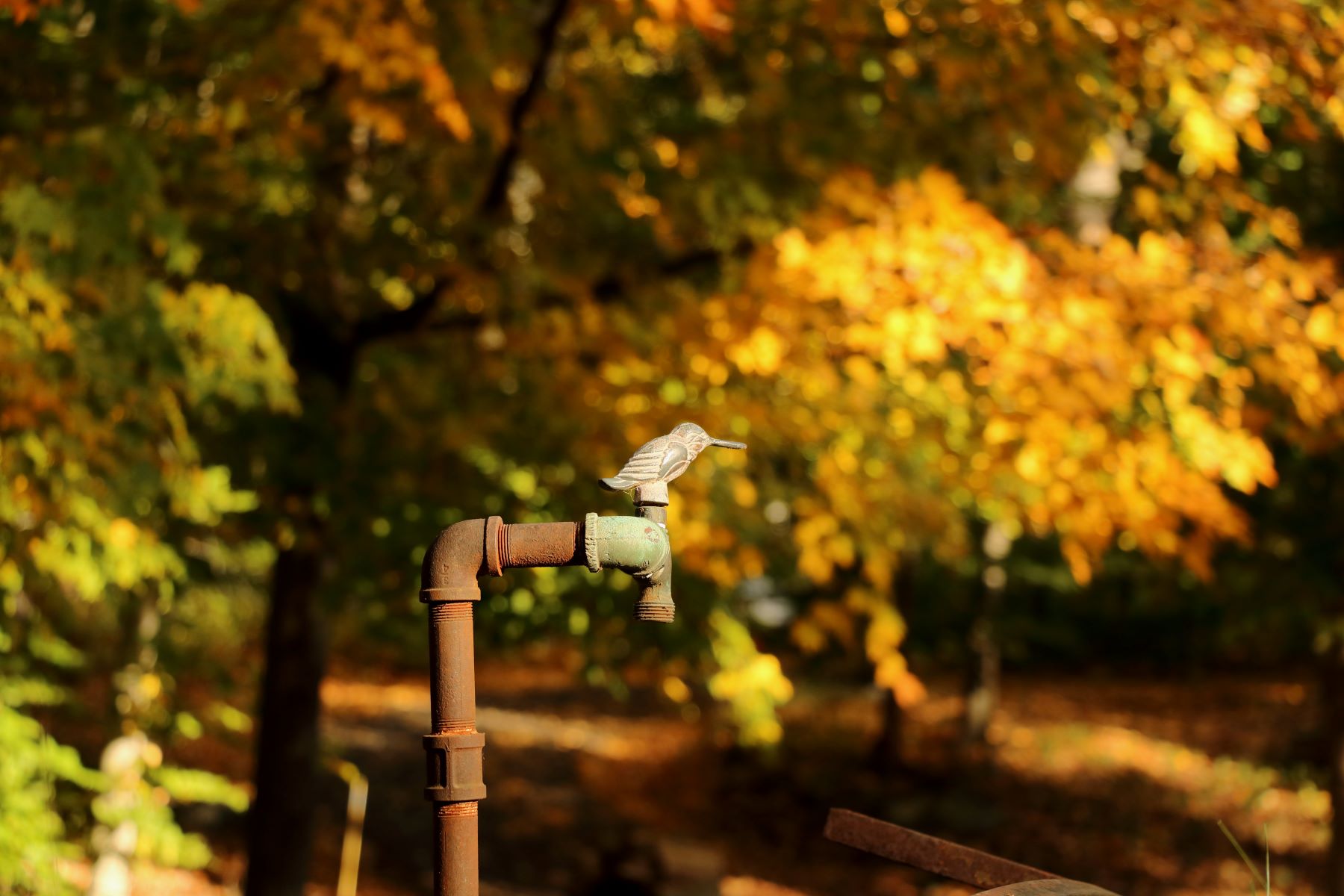
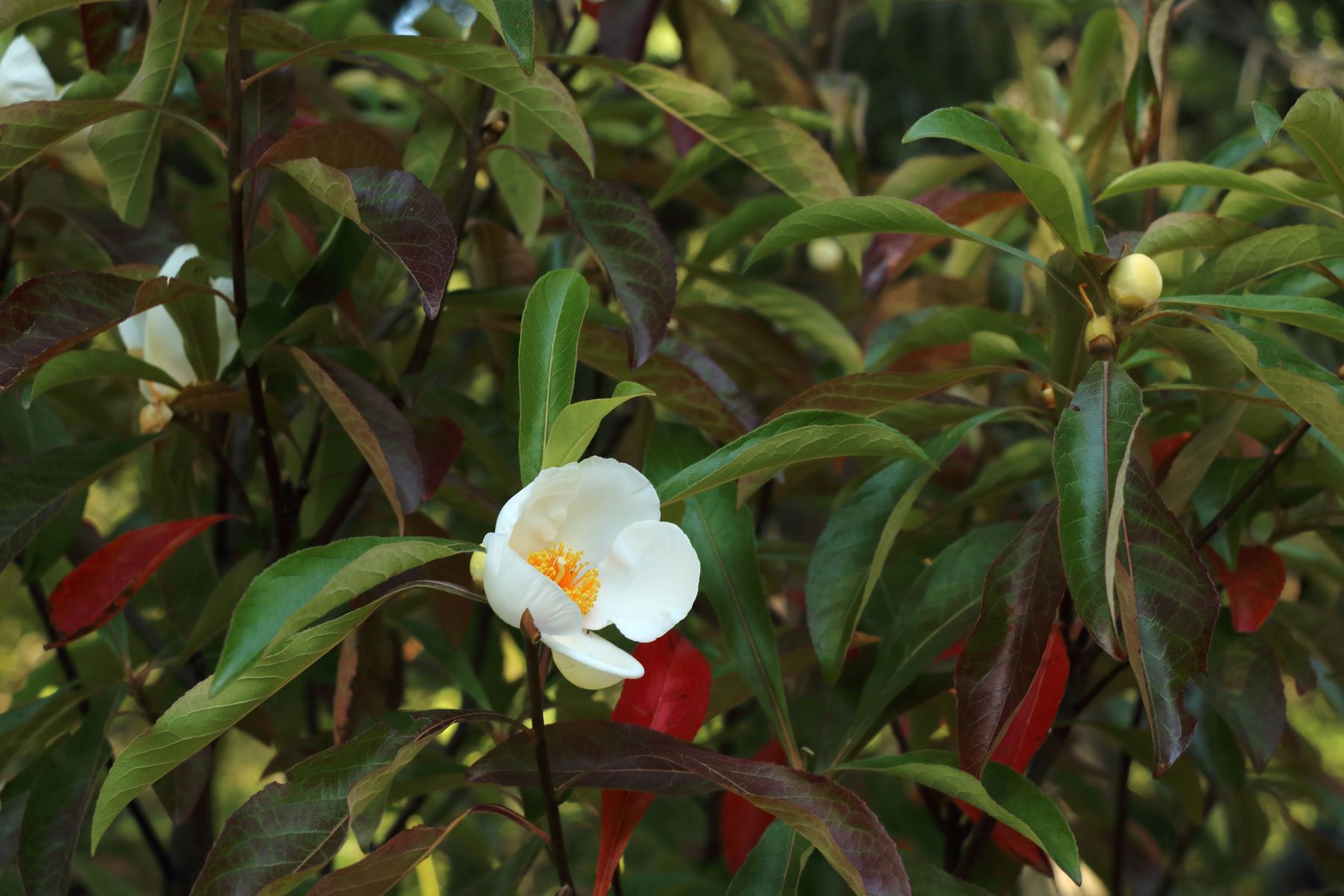
Another native understory tree blooms prolifically in fall – Witch Hazel. Sometimes the blooms emerge with the yellow leaves, sometimes after the leaves have fallen.
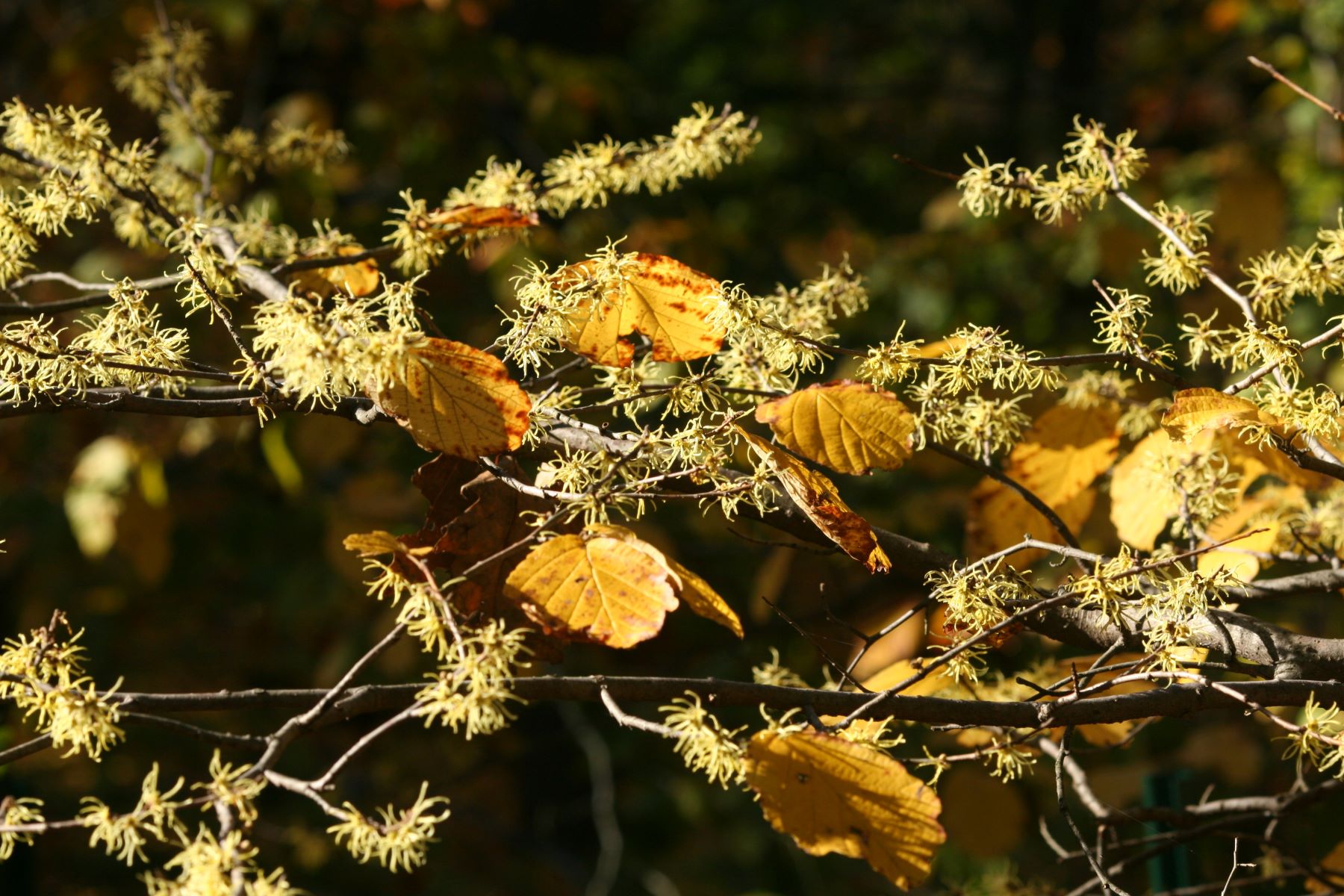
We should not forget about the beautiful color that berries can add to the landscape in autumn.
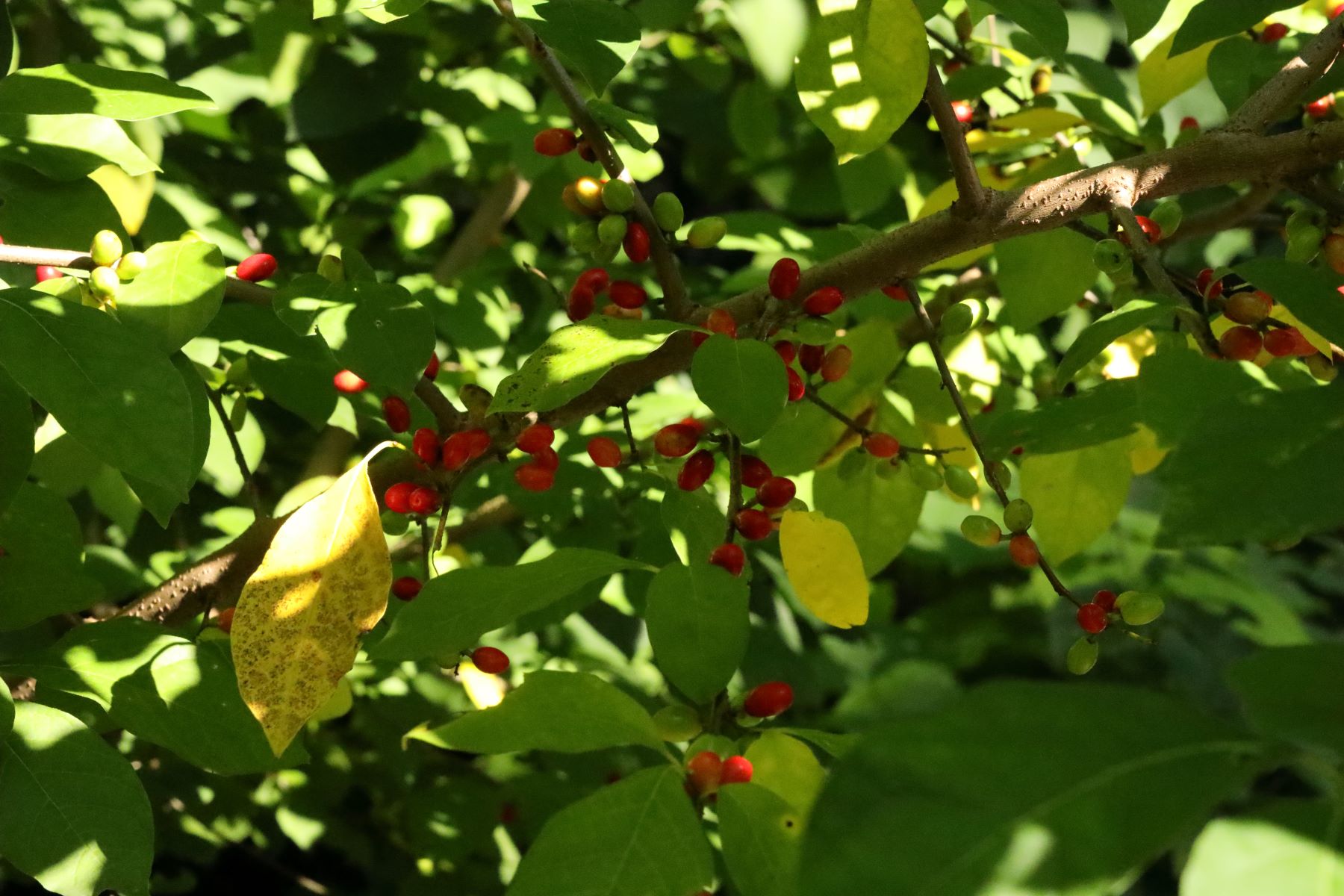
Here we have a Winterberry Bush
whose berries just turned red. They are too astringent for the birds at this time of the year and stay on the bush well into winter.
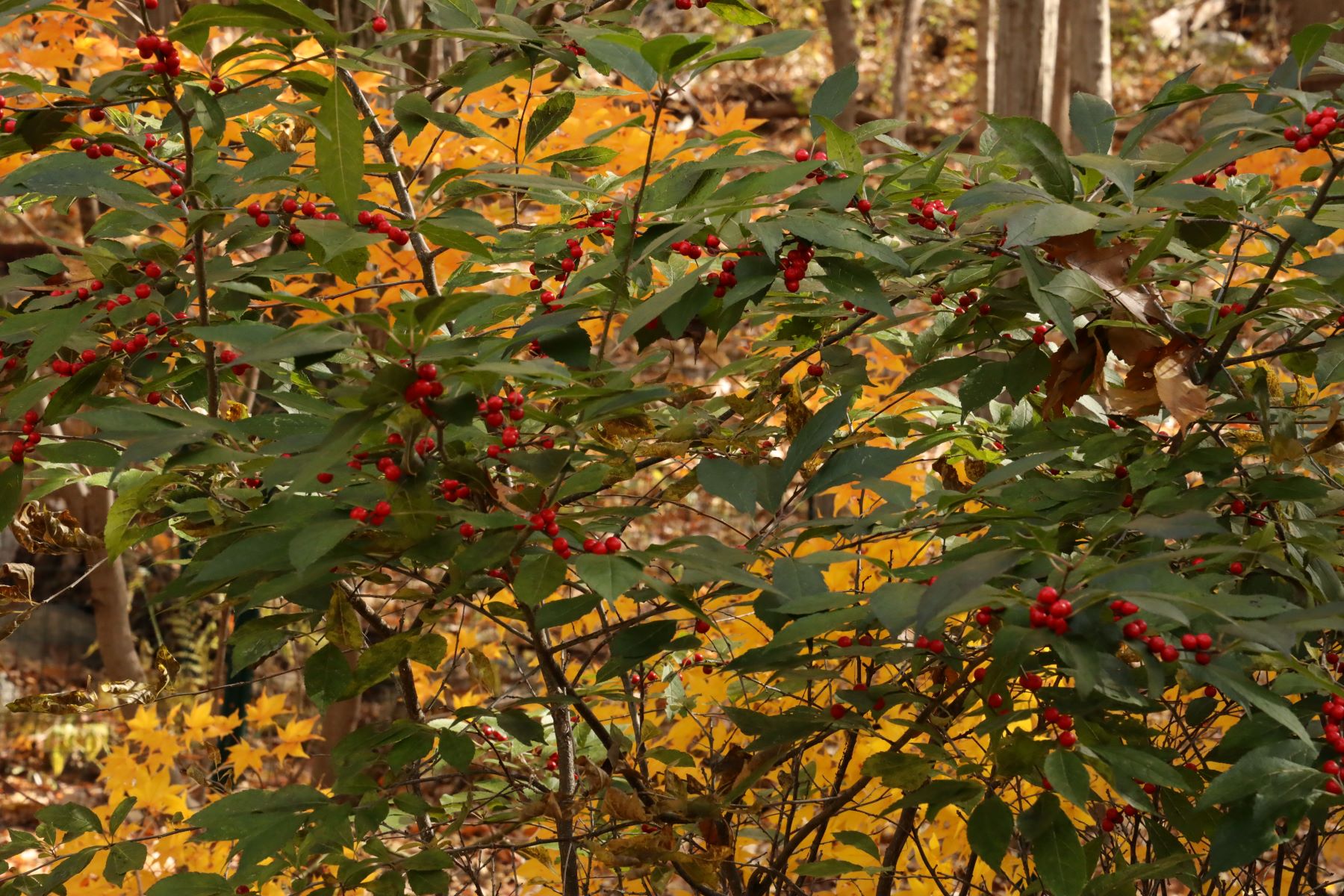
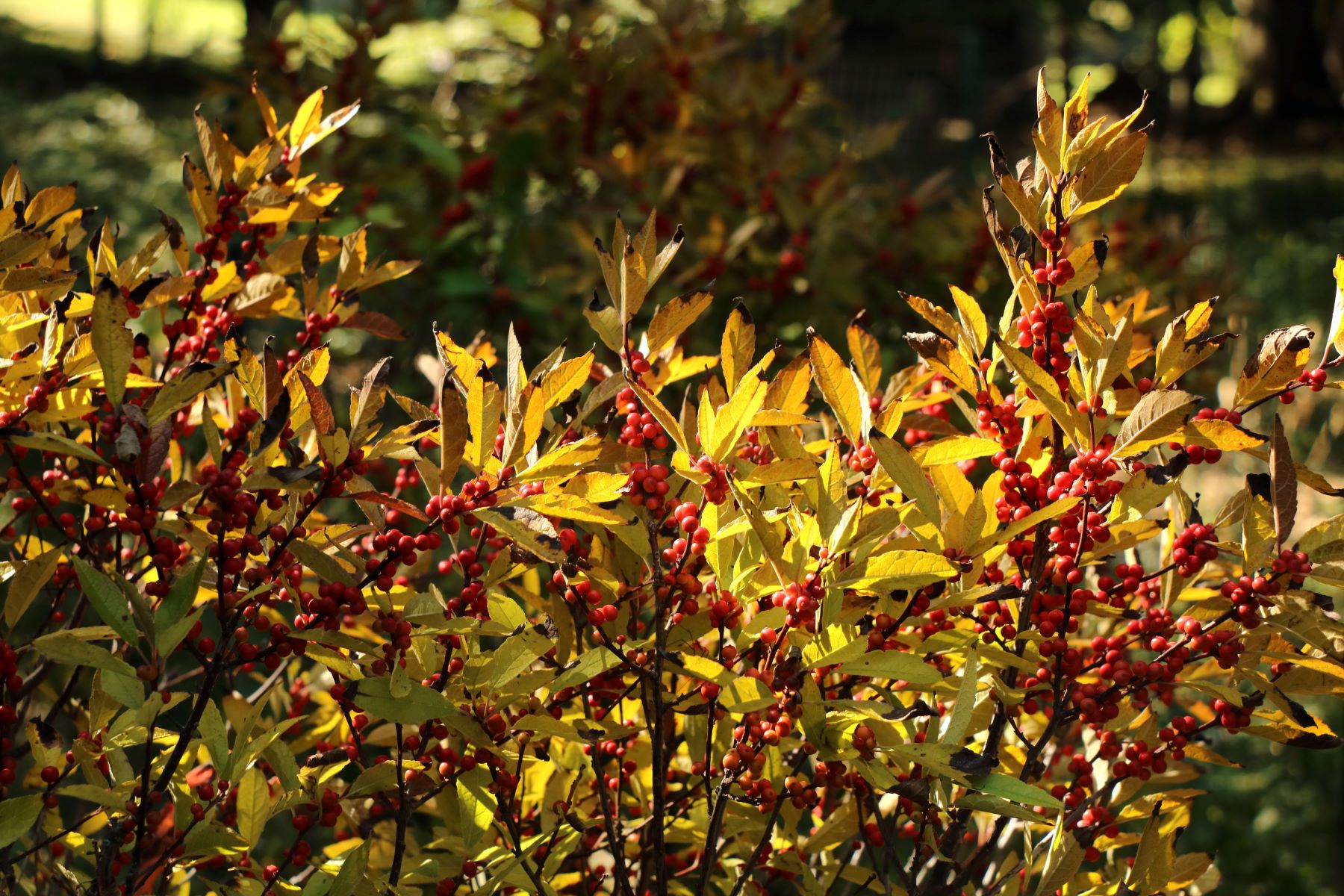
Seedheads of perennial plants can also be quite showy at this time of the year. Below we have Common Milkeweed, whose fluffy appendixes to the seeds will carry them far with the wind, and Turkscap Lily, whose seedheads are almost an inch in diameter.
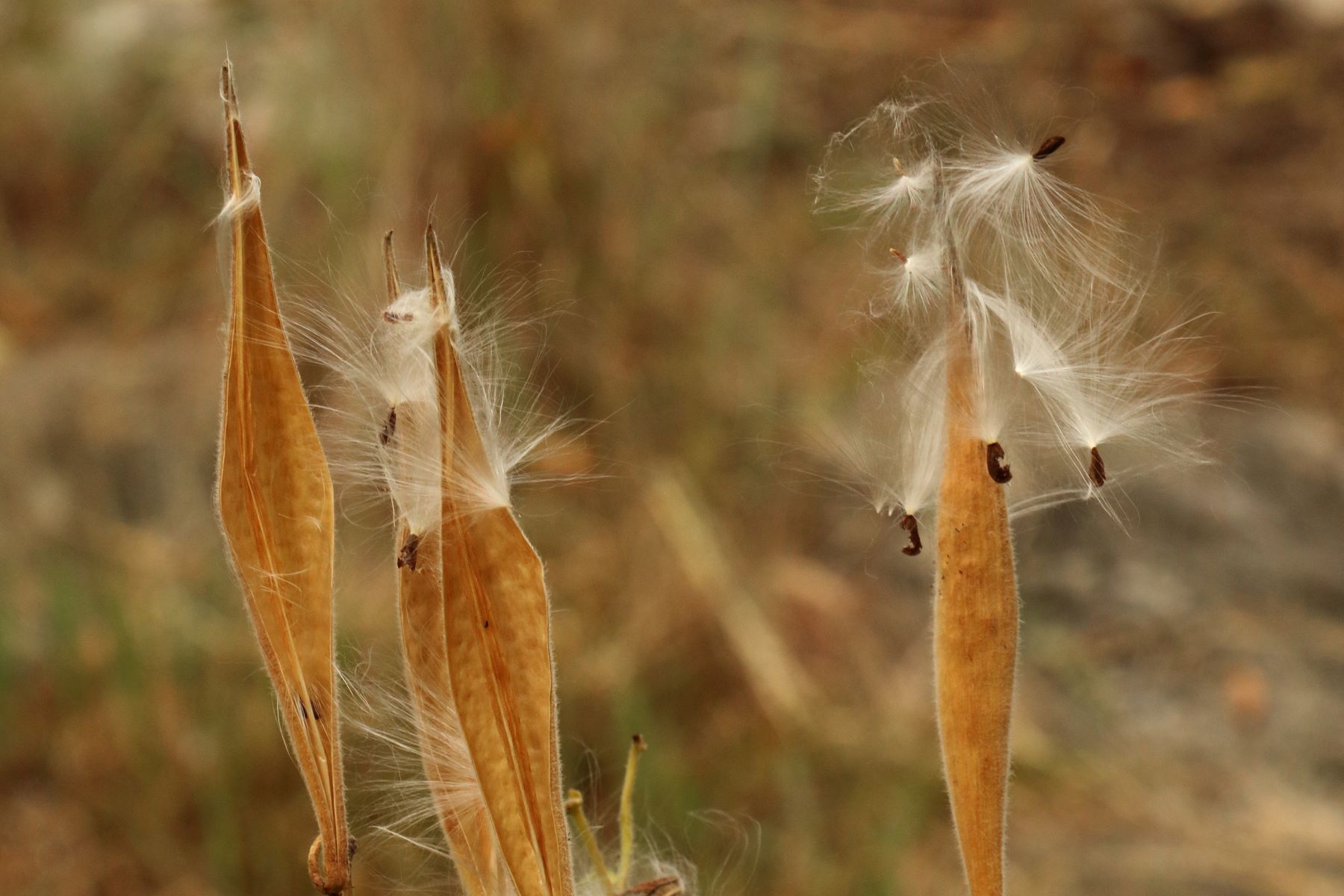
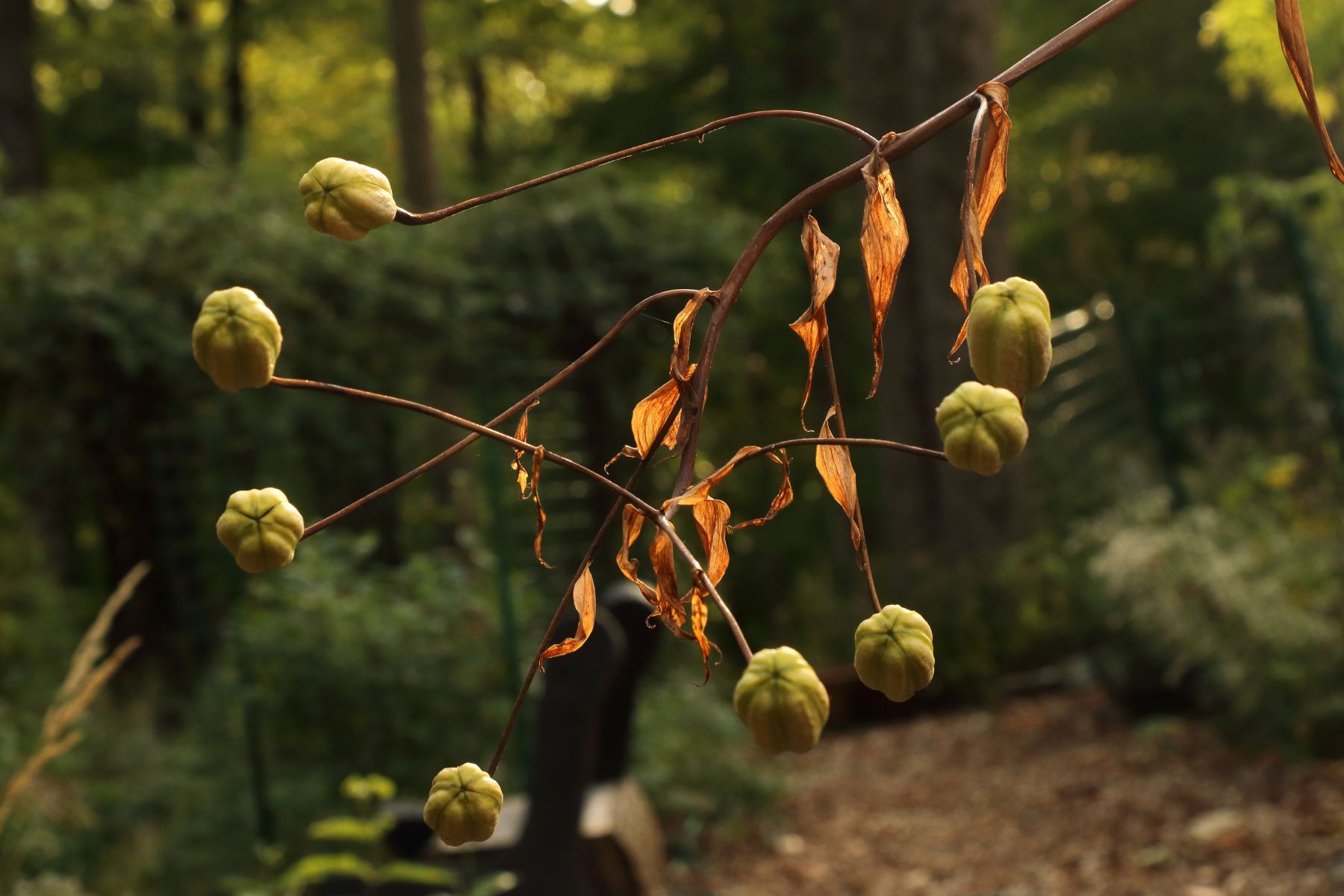
Some native sedges (Seersucker Sedge) or native ferns (Christmas Fern) stay green late into fall/winter. In fall they contrast nicely with the leaf litter, which should definitely be left in place for the insects to overwinter in.
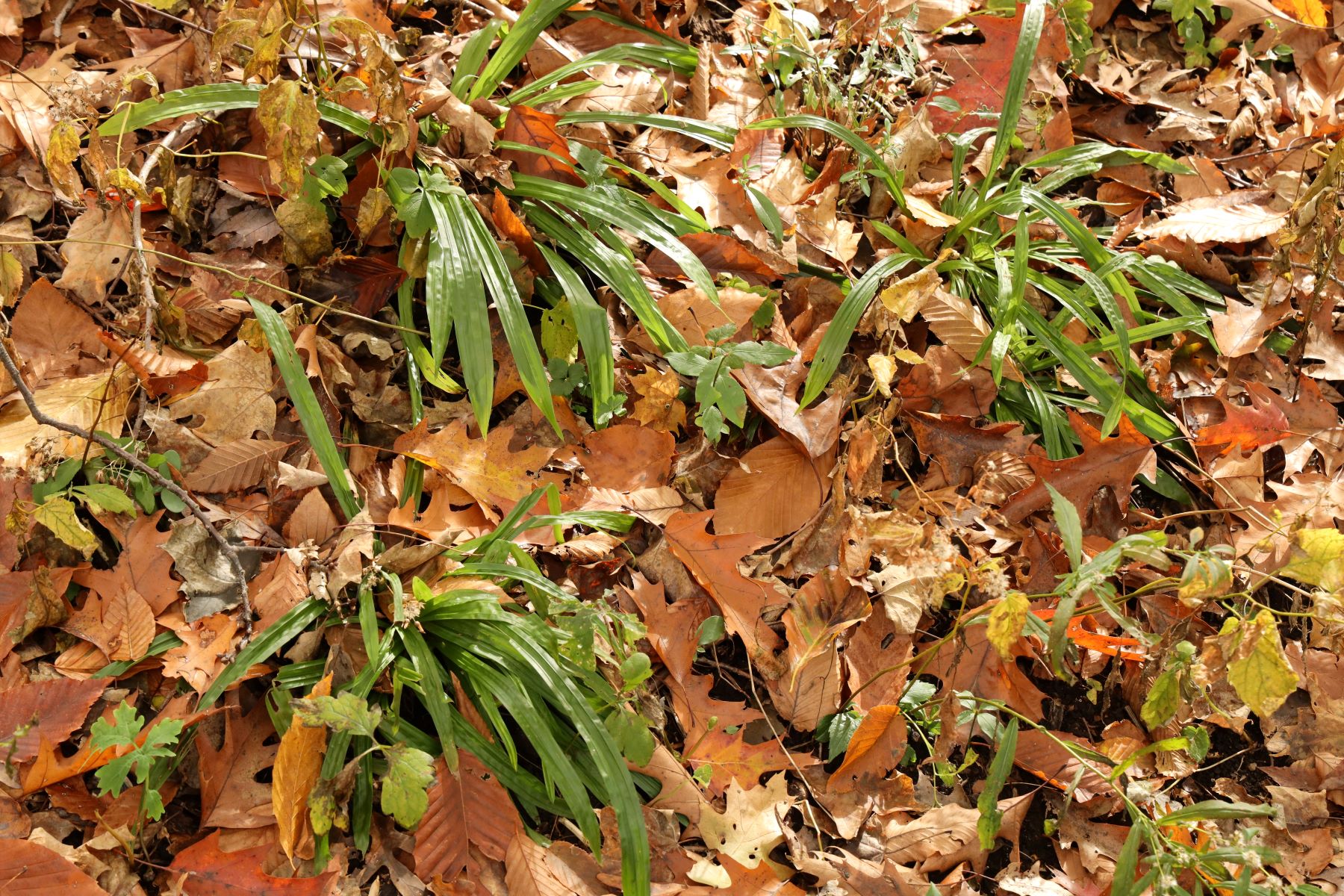
(Plantain-leaved sedge)
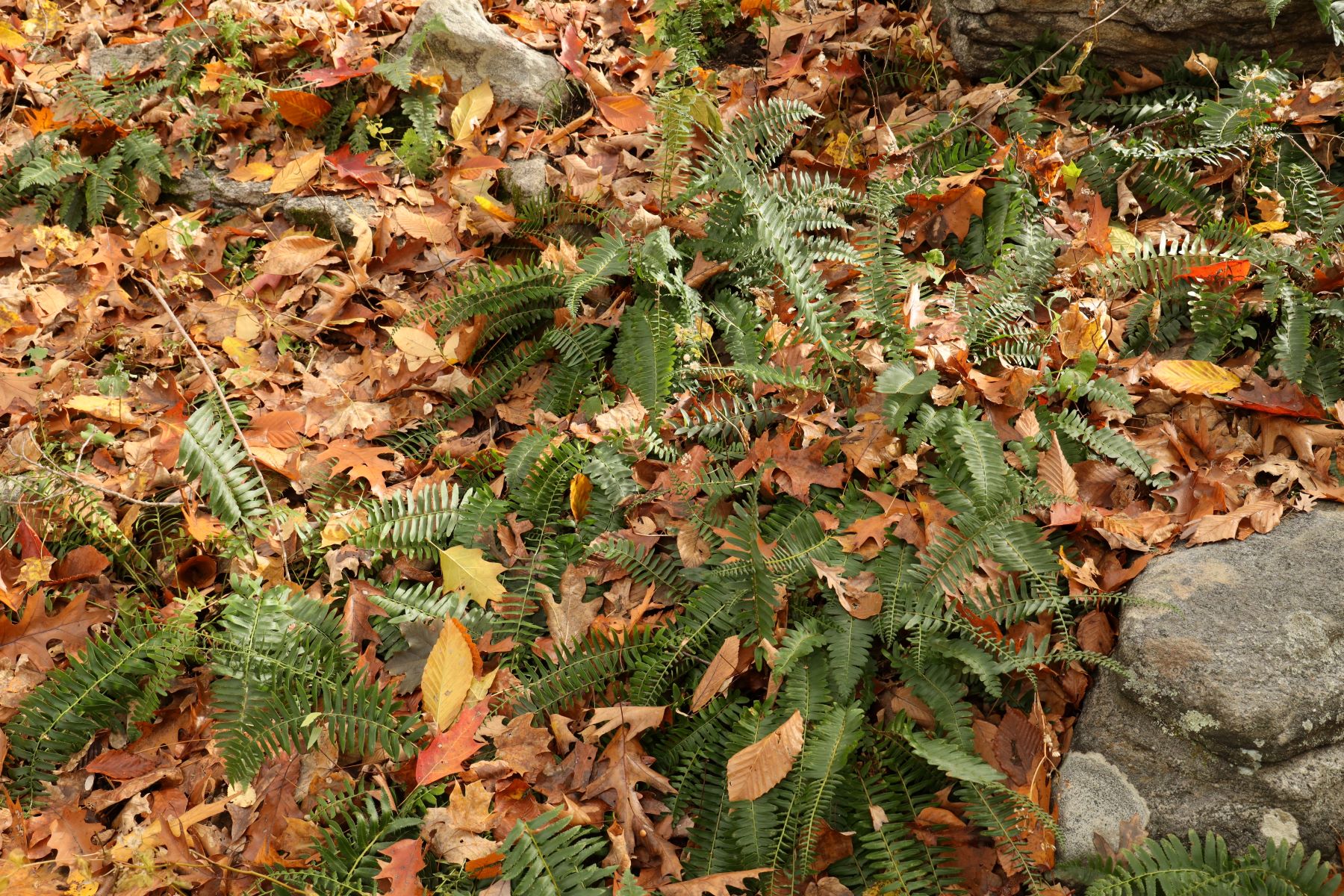
(Christmas fern)